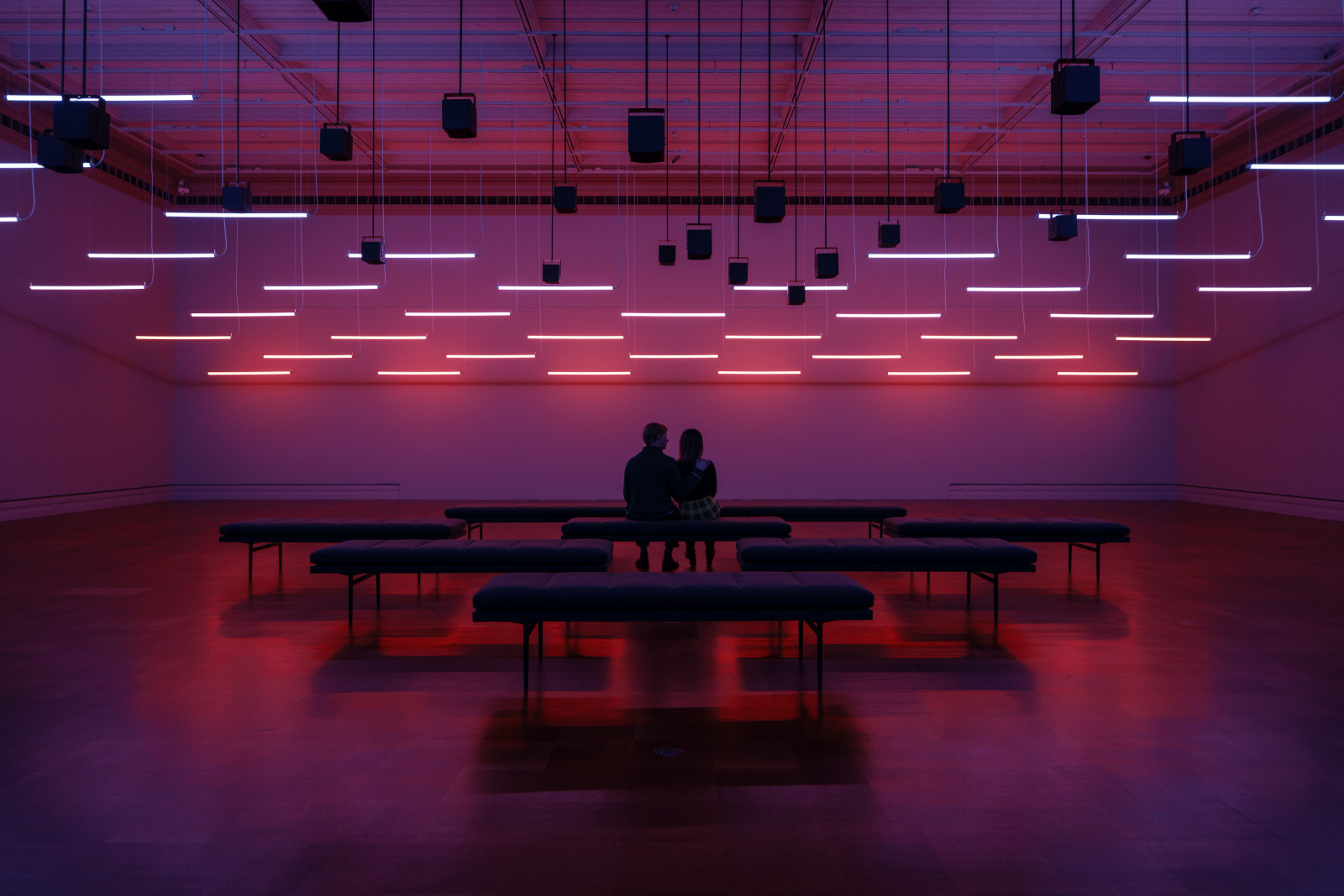Bulbous Bottle with Lozenge Pattern
Bulbous Bottle with Lozenge Pattern
Place of OriginRoman Empire, probably Syria or Palestine
DateProbably late 3rd century
DimensionsH: 2 7/8 in. (7.3 cm); Body H: 2 3/8 in. (6.0 cm); Max Diam: 2 7/8 in. (7.3 cm); Rim Diam: 2 7/16 in. (6.2 cm); Base Diam: 1 11/16 in. (4.3 cm)
MediumGlass; neck and mouth free blown. Body blown into a two-part mold with two vertical sections(MCT VIII).
ClassificationGlass
Credit LineGift of Edward Drummond Libbey
Object number
1923.1333
Not on View
DescriptionThis thin glass bulbous bottle has a low globular body, a very short cylindrical neck, and a wide horizontal mouth rim. The rim is folded outward, upward, inward, and flattened. The neck and mouth were free-blown, while the body was blown into a two-part vertical mold with carefully aligned seams that run around the body and underside of the base. The surface is decorated with an all-over pattern of intersecting diagonal lines forming lozenges, each with a central dot. Thirteen rows of lozenges are visible, with nine columns on one side and eight on the other. The glass is transparent natural green, but the exact color is obscured by weathering. The vessel shows incrustation and iridescence. There is no pontil mark.
Published ReferencesStern, E. Marianne, Roman Mold-blown Glass: The First through Sixth Centuries, Rome, "L'Erma" di Bretschneider, 1995, p. 198, no. 135.Probably 19th or early 20th century
1st century
Probably second half of 1st century
Probably late 2nd century
Perhaps 2nd century
Perhaps 2nd century

Membership
Become a TMA member today
Support TMA
Help support the TMA mission













